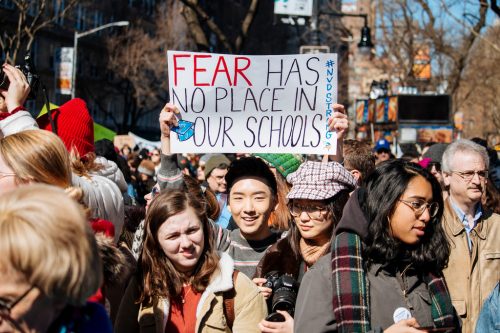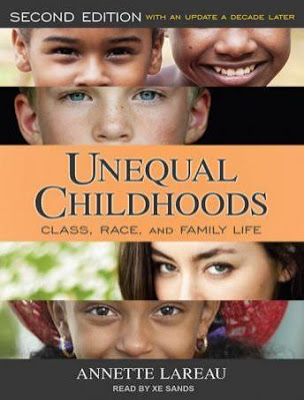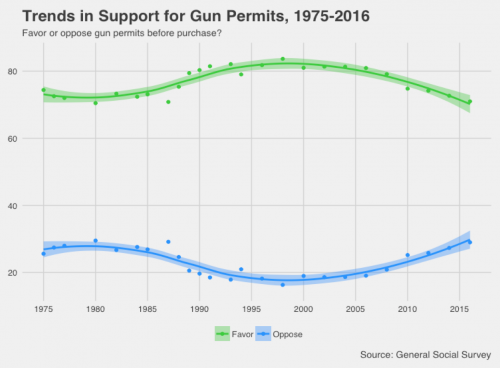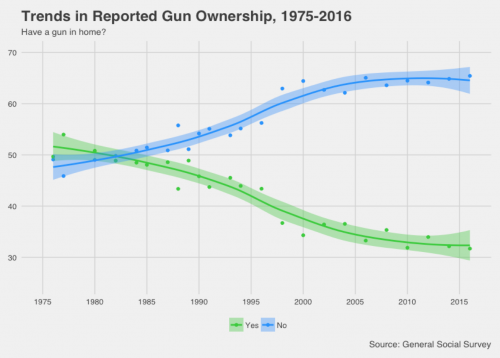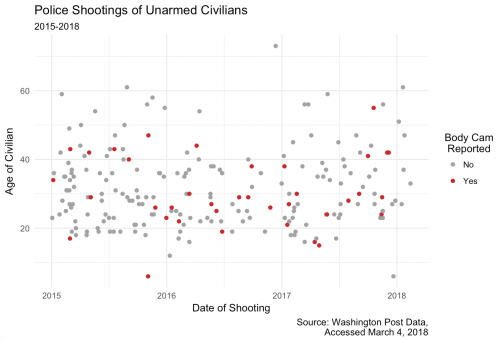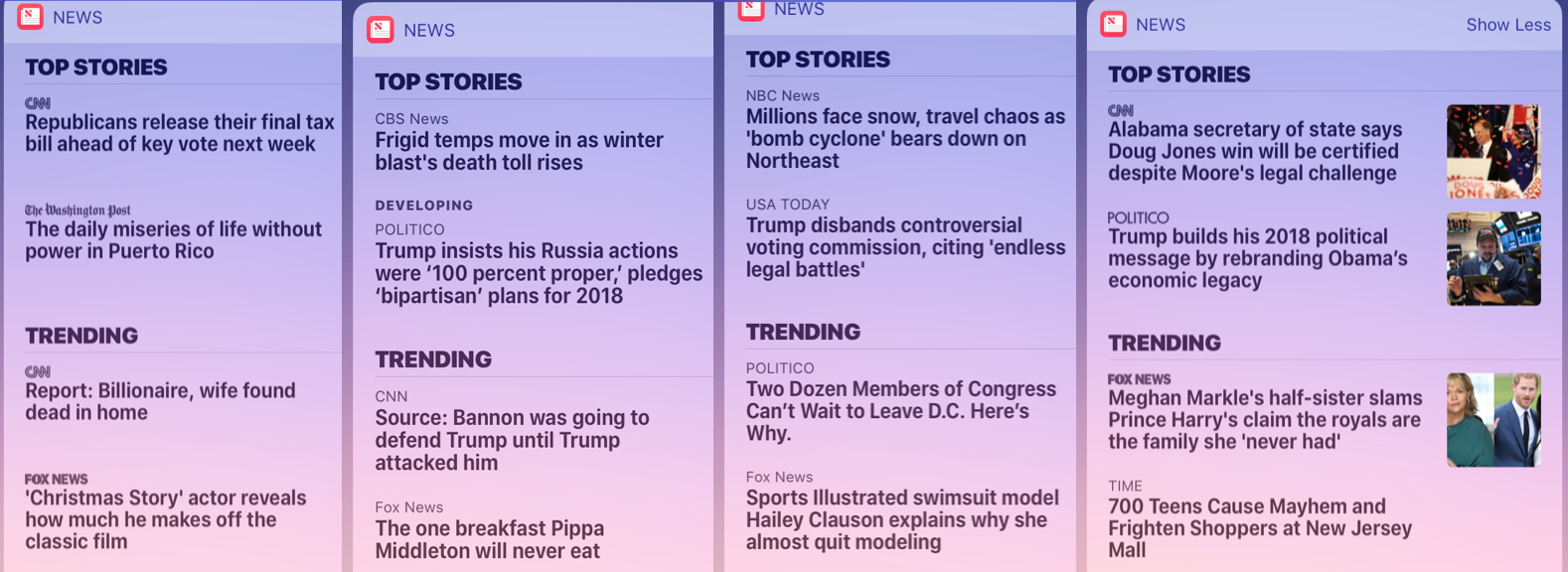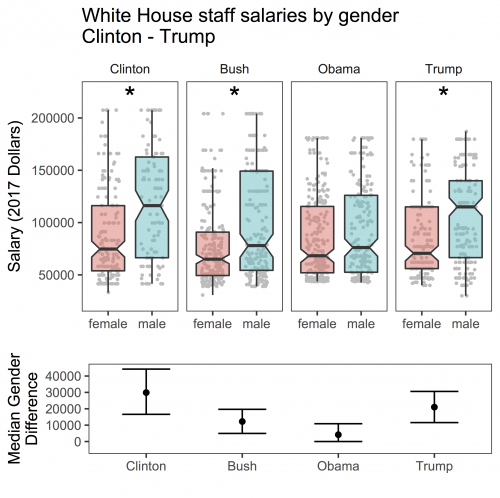Originally Posted at TSP Discoveries
Social media serves as a space where users can react to events (like the Parkland school shooting) in real time. While these conversations can be constructive, social media can also be a haven for anger and discrimination. In a recent study published in American Journal of Sociology, René Flores examined what drives online bigotry, specifically in response to new laws. Flores focuses on Arizona’s SB 1070 law, which allowed authorities to demand immigration papers from individuals they thought may be undocumented. While a strong anti-immigrant response after the law may seem to demonstrate a change in attitudes toward immigrants, Flores argues that the law spurred changes in behavior — in this case, mobilizing those with anti-immigrant attitudes to post more negative content more often.

Flores analyzed over 250,000 tweets posted between three months before and three months after the passage of SB 1070. Rather than sorting the tweets as positive or negative, Flores created a metric to rate the strength of sentiment in the tweets. He compared Arizona tweets to those in Nevada to measure changes specifically related to SB 1070, rather than other national or regional dynamics. After SB 1070, not only were there more anti-immigrant tweets in Arizona, but the tweets themselves were more negative. And further, Twitter users also directed negative sentiments toward non-immigrant Latinos, showing that the effect of SB 1070 was not limited to those targeted by the law.
Flores did not find evidence that neutral or pro-immigrant users changed their attitudes. Instead, users who already expressed anti-immigrant or anti-Latino biases drove the uptick in negativity. In other words, users who previously held an anti-immigrant stance posted tweets with greater negative content more frequently, at least in the immediate aftermath of the bill’s passing. This finding questions the possibility for laws to change attitudes in the short term, but demonstrates that laws can mobilize groups who already believe in the law’s sentiments.
Brooke Chambers is a PhD student in the University of Minnesota’s Sociology Department. She is interested in genocide (with a particular focus on the 1994 genocide in Rwanda), human rights, and policy formation in response to genocide and mass atrocity.

